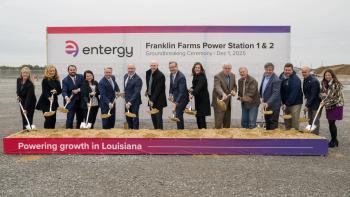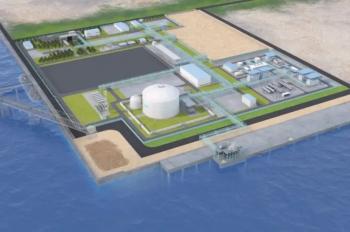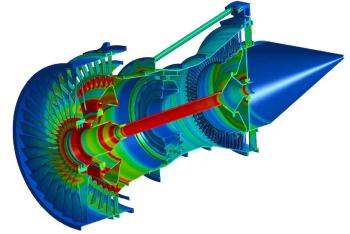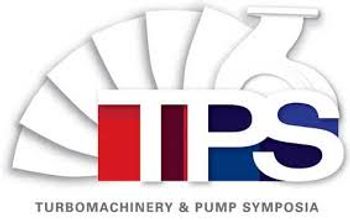
GE Vernova’s DLN Combustor Passes Validation Test with 100% Hydrogen
GE Vernova’s DLN combustor technology eliminates the use of water and other diluents and improves the combined-cycle heat rate by 4 - 7%.
GE Vernova completed a validation test campaign of its advanced dry low NOx (DLN) combustion technology and demonstrated successful operation on natural gas-hydrogen blends and 100% hydrogen for B- and E-class gas turbines. Dry emissions were below 25 ppm NOx. The new DLN system could be available as early as 2026.
Jeremee Wetherby, GE Vernova’s Carbon Solution Leader, said developing a 100% hydrogen-burning DLN combustion system that is safe and reliable has been an engineering challenge. “One of the ways hydrogen fuel differs from natural gas is that it burns much faster. Its flame speed is roughly eight times higher and presents a risk of flashback. Through the test campaign, the GE Vernova team demonstrated very robust operation for the new DLN technology, without flashback across a range of loads and fuel from pure natural gas to 100% hydrogen,” Wetherby said.
When operating on pure hydrogen, the new prototype:
- performed well in terms of combustion dynamics and noise
- improved availability and longer maintenance intervals compared to current DLN combustors operating on natural gas
- eliminated use of water and other diluents
- increased efficiency: 4 to 7% improvement in combined-cycle heat rate
- reduced NOx emissions
Micromixer Technology
The advanced DLN combustor’s new micromixer-based fuel-air pre-mixer was a game changer. New research focused on improving micromixer and axial fuel staging for hydrogen capability. The research, conducted at GE Vernova’s New York-based Advanced Research Center and its
“Through successful tests, GE Vernova validated this new 100% hydrogen-capable combustion technology, aiming to provide our B- and E-class industrial gas turbine owners with the maximum flexible operability range on natural gas, hydrogen, or blends of both without the use of diluent-like water for emissions abatement,” Wetherby said.
GE Vernova News
In November 2024, GE Vernova announced its
“The new design represents a leap forward in innovation, overcoming the challenges of hydrogen’s higher flame speed through precise design enhancements to the fuel nozzle, optimized water injection schedules, and advanced control modifications,” said Midhat Mirabi, Managing Director at GE Vernova’s Gas Power Aeroderivatives New Units. “Equipped with robust safety features, including nitrogen purge systems and hydrogen fire detection systems, it sets a new benchmark for reliability and safety. This is engineering excellence redefined."
The aeroderivative is part of its LM6000VELOX package, and per an order with ATCO Australia, will deliver four LM6000VELOX units to the Whyalla hydrogen power plant in Australia. Commissioning is slated to begin in early 2026.
The Whyalla hydrogen power plant will deliver flexible power, additional grid stability, and consistent supply output for South Australian homes and businesses by leveraging spare renewable energy produced via large-scale wind and solar farms. It may provide a combined capacity of up to 200 MW, meeting local electricity demand when renewable energy sources enter intermittency periods.
Newsletter
Power your knowledge with the latest in turbine technology, engineering advances, and energy solutions—subscribe to Turbomachinery International today.





